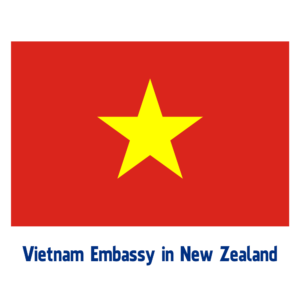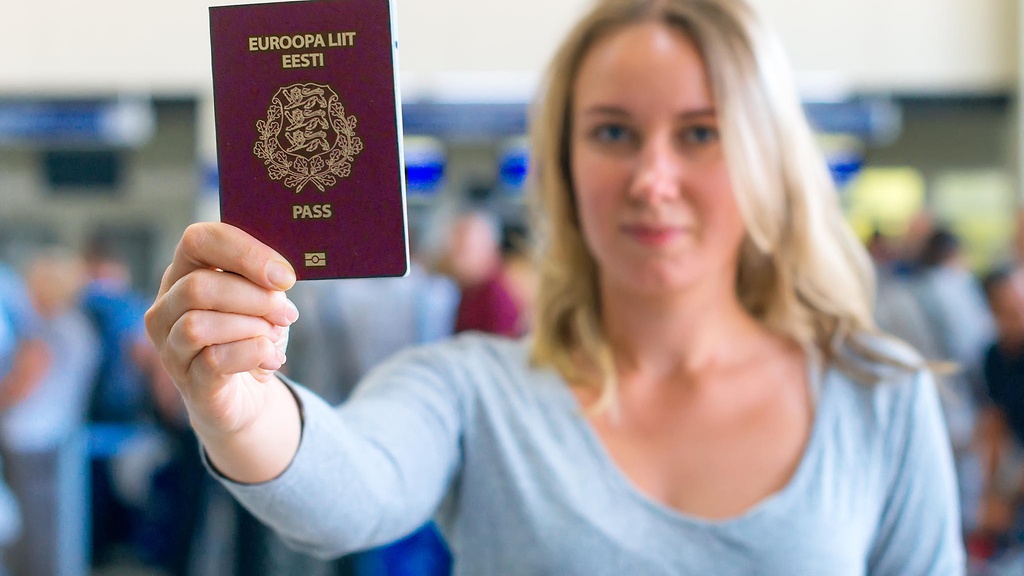
Vietnam Emergency Landing Visa: Quick, Hassle-Free Solutions for Travelers in Need
This article offers a comprehensive guide to the Vietnam emergency landing visa, outlining eligibility, the application process, challenges, and best practices for securing this crucial travel document in urgent situations.
Understanding Vietnam’s Emergency Landing Visa: A Comprehensive Guide
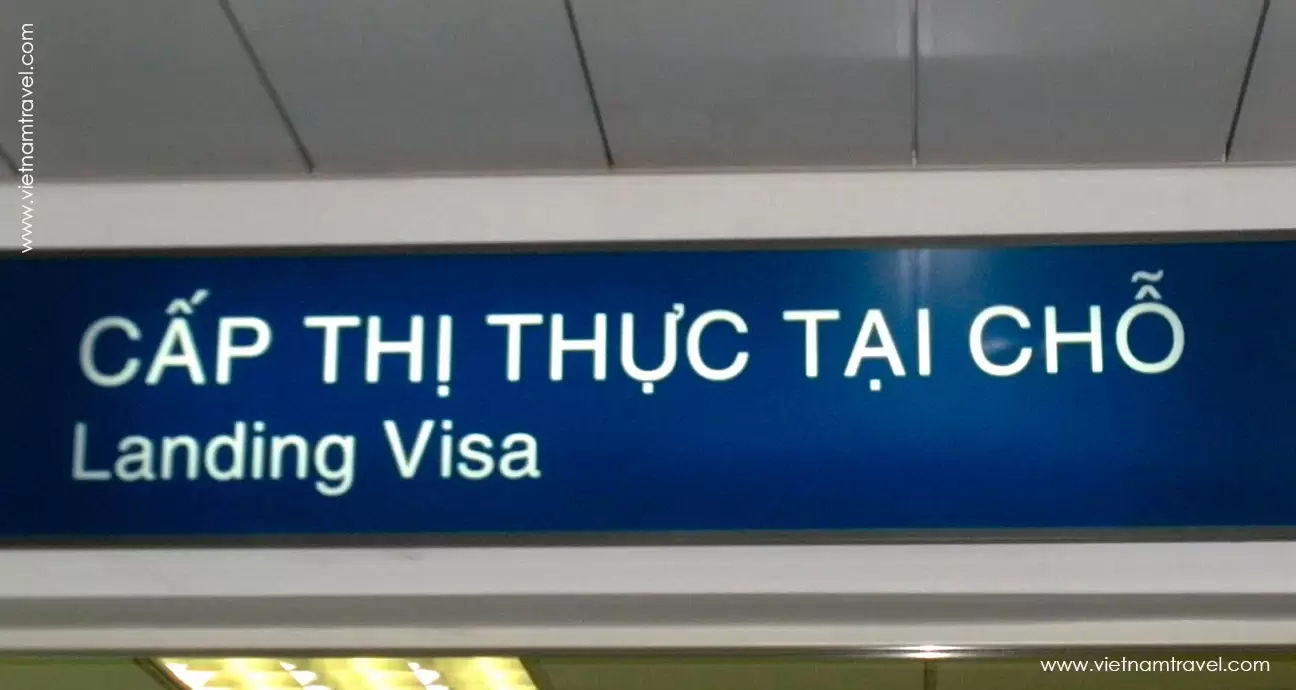
An emergency landing visa for Vietnam is designed for travelers who need to enter the country unexpectedly and urgently. This situation typically arises due to unforeseen circumstances such as a medical emergency, a sudden family crisis, or a missed connecting flight that necessitates immediate entry into Vietnam. It is a vital mechanism to ensure that individuals facing genuine emergencies can legally enter the country without the standard visa processing times. This visa is distinct from regular tourist or business visas and is processed under expedited conditions.
What Constitutes an Emergency?
Determining what qualifies as a legitimate emergency is crucial for understanding the emergency landing visa process. Generally, emergencies include critical medical situations requiring immediate treatment, death or severe illness of a close family member, or other unexpected events that necessitate immediate travel to Vietnam. The specific criteria are not always rigidly defined and can vary depending on the individual case and the discretion of the immigration authorities. Supporting documentation, such as a doctor’s note or a death certificate, is almost always required to substantiate the emergency.
Think of it like this: you wouldn’t call 911 because you saw a cat in a tree. Similarly, a craving for pho doesn’t constitute an emergency warranting this type of visa!
Distinguishing Emergency Visas from Regular Visas
The primary difference lies in the processing time and the circumstances under which they are issued. Regular visas are typically applied for well in advance of travel and undergo a standard processing period, which can range from a few days to several weeks. Emergency visas, on the other hand, are processed much faster, often within 24 to 48 hours, and are specifically intended for urgent situations. Furthermore, the documentation requirements might be more flexible, focusing on proving the veracity and urgency of the emergency rather than comprehensive background checks often required for regular visas.
The Vietnam emergency landing visa is like a fast pass at an amusement park—you get to skip the long line because you have a valid, urgent reason.
The Role of Travel Agencies and Consulates
Travel agencies specializing in Vietnam visas and Vietnamese consulates play significant roles in facilitating the emergency landing visa process. Reputable travel agencies often have established relationships with immigration authorities and can expedite the application process. They can also provide valuable guidance on the required documentation and ensure that the application is correctly submitted. Consulates, as official representatives of the Vietnamese government, are authorized to issue visas and can provide direct assistance to individuals facing emergencies. However, relying solely on a consulate might be slower, especially outside of regular business hours.
Imagine you’re in a foreign city with a broken phone and no map. The travel agency is your helpful local friend who knows the shortcuts, while the consulate is the official information center—both valuable, but in different ways.
Eligibility Requirements for an Emergency Landing Visa in Vietnam
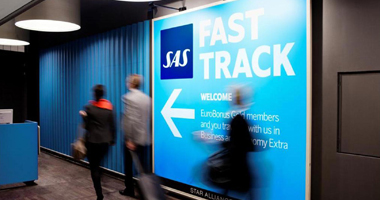
The eligibility criteria for a Vietnam emergency landing visa are stringent and designed to ensure that the visa is only granted to individuals with genuine urgent needs. These requirements typically revolve around demonstrating the emergency, providing proof of identity, and adhering to any additional stipulations set by the immigration authorities. Failure to meet these requirements can result in the application being denied, potentially exacerbating an already stressful situation.
Proof of Emergency
The most crucial aspect of eligibility is providing solid evidence of the emergency situation. This can take many forms, such as a medical report from a doctor detailing a critical illness, a death certificate of a close family member, or official documentation from authorities regarding an accident or other crisis. The stronger the evidence, the higher the likelihood of the visa being approved. Vague or unsubstantiated claims are unlikely to be accepted.
Don’t just say you need the visa; show why you need it. Think of yourself as a lawyer presenting your case to a judge – you need hard facts and credible evidence.
Passport and Travel Documents
Applicants must hold a valid passport with sufficient remaining validity (typically at least six months) and blank pages for the visa stamp. They may also need to provide a copy of their flight itinerary or confirmation of their intention to depart Vietnam after the emergency is resolved. These documents serve to verify the applicant’s identity and ensure that they comply with immigration regulations.
This is pretty standard – you can’t get on a plane without a passport, and you certainly can’t get an emergency visa without one either. Make sure it’s valid!
Criminal Record and Background Checks
While the process is expedited, some level of background checking may still be conducted. Individuals with a criminal record, particularly those involving serious offenses or immigration violations, may face difficulties obtaining an emergency landing visa. The extent of the background check can vary depending on the urgency of the situation and the applicant’s nationality. It is always advisable to be honest and upfront about any potential issues in your background.
It’s like trying to get into an exclusive club – you want to put your best foot forward and avoid any red flags.
Vietnam Emergency Landing Visa: Application Process and Required Documents
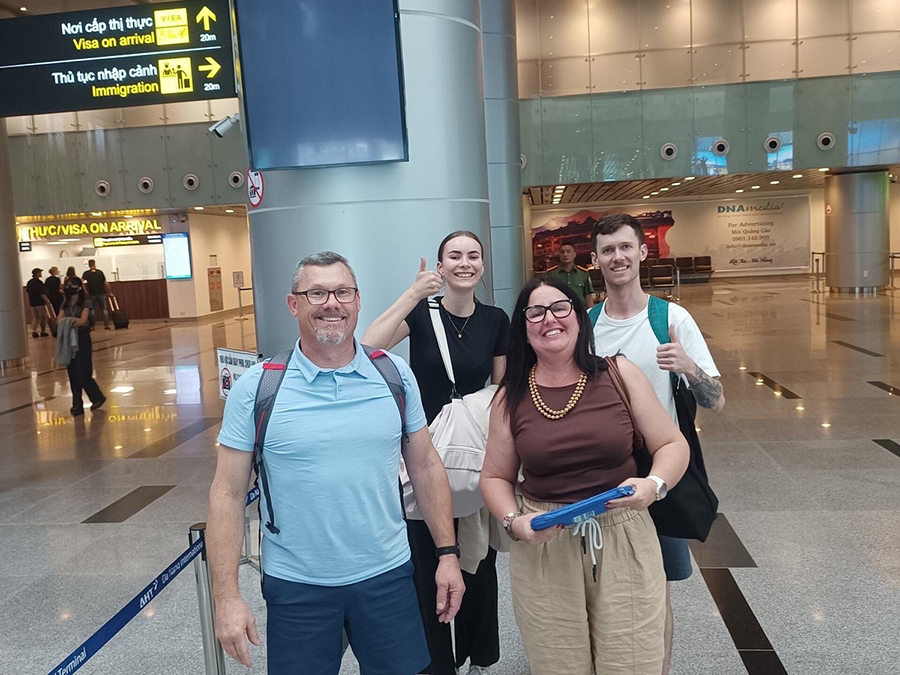
The application process for a Vietnam emergency landing visa is streamlined to facilitate rapid entry into the country. However, it still requires careful attention to detail and adherence to the established procedures. Gathering the necessary documents and following the correct steps are essential for a successful application. The process can vary depending on the specific circumstances and the point of entry into Vietnam.
Contacting the Nearest Vietnamese Embassy or Consulate
The first step is to contact the nearest Vietnamese embassy or consulate to inform them of the emergency and inquire about the specific requirements for an emergency landing visa. The embassy or consulate will provide guidance on the necessary documentation and the application process. This initial contact is crucial for understanding the specific procedures and potential timelines.
Think of the embassy or consulate as your first port of call. They’re there to help, but they need information to do so effectively.
Completing the Application Form
An application form, typically the standard visa application form used for all types of visas, must be completed accurately and truthfully. It’s important to provide all the required information, including personal details, passport information, and the reason for the emergency. Any inaccuracies or omissions can cause delays or even rejection of the application.
Make sure you double-check everything! Typos can be costly when dealing with official documents.
Submitting Required Documents
The specific documents required for an emergency landing visa can vary, but typically include:
- A copy of your passport.
- A completed visa application form.
- Proof of the emergency (e.g., medical report, death certificate).
- Flight itinerary or confirmation.
- A letter explaining the emergency and requesting an expedited visa.
Keep in mind that additional documents may be required depending on the individual circumstances.
| Document Type | Description |
|---|---|
| Passport Copy | Clear copy of your passport’s bio page |
| Application Form | Completed and signed visa application form |
| Proof of Emergency | Medical report, death certificate, or other official documentation |
| Flight Itinerary | Confirmation of your flight booking to and from Vietnam |
| Explanation Letter | A detailed letter outlining the emergency and requesting an expedited visa |
Paying the Visa Fee
An emergency landing visa typically involves a fee, which may be higher than that for a regular visa due to the expedited processing. The fee can usually be paid in cash or by credit card, depending on the policies of the Vietnamese embassy or consulate.
Consider it as paying for the privilege of skipping the line. Time is money in an emergency!
Navigating the Challenges of Obtaining a Vietnam Emergency Landing Visa
Obtaining a Vietnam emergency landing visa can be fraught with challenges, especially given the stressful and often unpredictable circumstances surrounding the need for such a visa. Understanding these potential hurdles and developing strategies to overcome them is crucial for a successful application.
Language Barriers and Communication Difficulties
Language barriers can significantly complicate the application process, particularly when dealing with foreign embassies or consulates. Misunderstandings or misinterpretations can lead to delays or even rejection of the application. It is essential to ensure clear and effective communication.
Consider using translation services or seeking assistance from someone who is fluent in both your language and Vietnamese. This can help bridge the communication gap and ensure that your application is accurately understood.
Imagine trying to order a complicated dish in a restaurant when you don’t speak the language. It’s possible, but much easier with a translator.
Dealing with Bureaucracy and Red Tape
Government bureaucracy can be a major hurdle in any visa application process, and emergency visas are no exception. Navigating the complex procedures and regulations can be time-consuming and frustrating. Patience and persistence are key.
Be prepared to provide all the required documents, follow instructions carefully, and be persistent in your follow-up. Don’t be afraid to ask questions, but do so politely and respectfully.
Think of bureaucracy as a maze – you need to find the right path, but sometimes you need to ask for directions.
Securing Necessary Documentation Quickly
One of the biggest challenges is gathering the necessary documentation within a short timeframe. This can be particularly difficult when dealing with sensitive documents such as medical reports or death certificates.
Prioritize the most critical documents and focus on obtaining them as quickly as possible. Consider contacting the relevant authorities or institutions directly to request expedited processing.
It’s like preparing for a marathon on short notice – you need to focus on the essentials and cut out the unnecessary steps.
Emergency Landing Visa Vietnam: Processing Time and Validity
The processing time and validity of a Vietnam emergency landing visa are critical considerations for travelers facing urgent situations. While the process is designed to be expedited, the actual time frame can vary depending on the specific circumstances and the efficiency of the issuing authorities. Understanding these aspects is crucial for planning your travel and ensuring that you comply with immigration regulations.
Standard Processing Times vs. Expedited Processing
The primary advantage of an emergency landing visa is its expedited processing compared to standard visas. While a regular visa might take several days or weeks to process, an emergency visa can often be obtained within 24 to 48 hours. However, this is not always guaranteed and can depend on factors such as the workload of the embassy or consulate, the completeness of the application, and the verification of the emergency.
Think of it like ordering food – you can choose the regular delivery option, which takes a while, or pay extra for express delivery, which is much faster.
Factors Affecting Processing Time
Several factors can influence the processing time of an emergency landing visa:
- The urgency of the emergency: The more critical the situation, the faster the visa is likely to be processed.
- The completeness of the application: A complete and accurate application will expedite the process.
- The workload of the embassy or consulate: High demand can lead to delays.
- Verification of the emergency: The time it takes to verify the details of the emergency.
Be proactive in addressing these factors to maximize your chances of a quick approval.
Visa Validity and Extension Options
The validity of an emergency landing visa is typically shorter than that of a regular visa. It is usually granted for a limited period, sufficient to address the emergency situation. Extending the visa may be possible, but it requires applying for an extension through the Vietnamese immigration authorities. It is important to understand the terms of your visa and comply with the regulations to avoid overstaying and facing penalties.
Treat your visa like a limited-time coupon – use it within the validity period, or it becomes useless.
Avoiding Complications: Best Practices for Vietnam Emergency Landing Visa Applications
To minimize the risk of complications and ensure a smooth Vietnam emergency landing visa application process, it is essential to follow best practices and take proactive steps to address potential challenges. These practices encompass careful preparation, accurate documentation, and effective communication with the relevant authorities.
Double-Checking Application Details
One of the most common reasons for delays or rejections is inaccurate or incomplete information on the application form. Double-checking all details before submitting the form is crucial. Pay particular attention to passport information, dates, and addresses.
Imagine that you’re packing for a trip. Double-checking ensures you don’t forget your passport or medication. Treat your visa application the same way.
Maintaining Clear Communication with Authorities
Establishing clear and consistent communication with the Vietnamese embassy or consulate is essential throughout the application process. This includes responding promptly to any inquiries, providing additional information as required, and keeping track of the application status.
Think of it like keeping in touch with a contractor working on your house – regular communication ensures that the project stays on track and that any issues are addressed promptly.
Seeking Assistance from Reputable Travel Agencies
Travel agencies specializing in Vietnam visas can provide valuable assistance in navigating the complexities of the emergency landing visa process. These agencies often have established relationships with immigration authorities and can expedite the application process. However, it is important to choose a reputable agency with a proven track record.
When selecting an agency, look for positive reviews, transparent pricing, and a clear understanding of the emergency landing visa requirements.
Conclusion
Obtaining a Vietnam emergency landing visa can be a challenging but essential process for individuals facing unforeseen and urgent circumstances. By understanding the eligibility requirements, application procedures, and potential difficulties, travelers can navigate this process more effectively and increase their chances of a successful outcome. Careful preparation, accurate documentation, and clear communication with the Vietnamese authorities are key to securing the necessary visa and addressing the emergency at hand. It’s a stressful situation but with the proper approach, navigating the process is possible.


